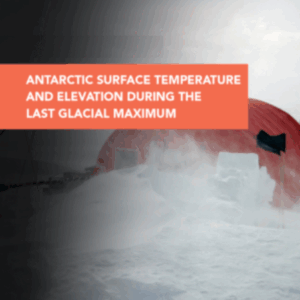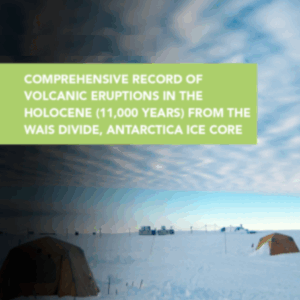Article Abstract
Water-stable isotopes in polar ice cores are a widely used temperature proxy in paleoclimate reconstruction, yet calibration remains challenging in East Antarctica. Here, we reconstruct the magnitude and spatial pattern of Last Glacial Maximum surface cooling in Antarctica using borehole thermometry and firn properties in seven ice cores. West Antarctic sites cooled ~10°C relative to the preindustrial period. East Antarctic sites show a range from ~4° to ~7°C cooling, which is consistent with the results of global climate models when the effects of topographic changes indicated with ice core air-content data are included, but less than those indicated with the use of water-stable isotopes calibrated against modern spatial gradients. An altered Antarctic temperature inversion during the glacial reconciles our estimates with water-isotope observations.
What we know: During the peak of the last Ice Age, Antarctica was even colder than it is today. Scientists have used a variety of tools to measure how much colder different places in Antarctica were, but the results do not always match.
Why it’s important: Clear estimates of how Antarctic temperature changed in the past are important in our overall understanding of the global climate system.
How the research was done: In this project, the authors estimate past changes in Antarctic temperature since the last Ice Age by using measurements of temperature and density in the snow and ice.
What the evidence shows: The results show that the eastern part of Antarctica was not as cold during the last Ice Age as we have thought. This information changes how scientists think about Antarctic climate and how to measure temperature in ice cores.



